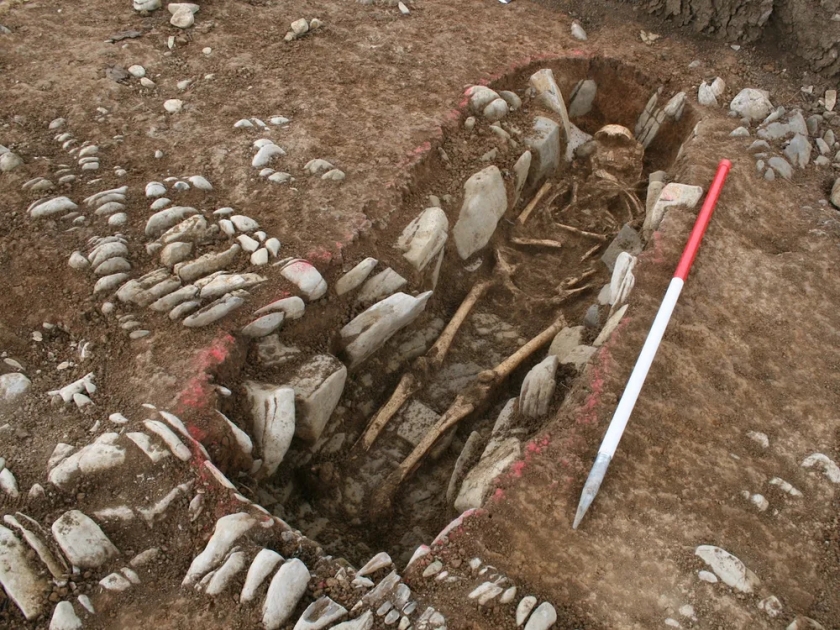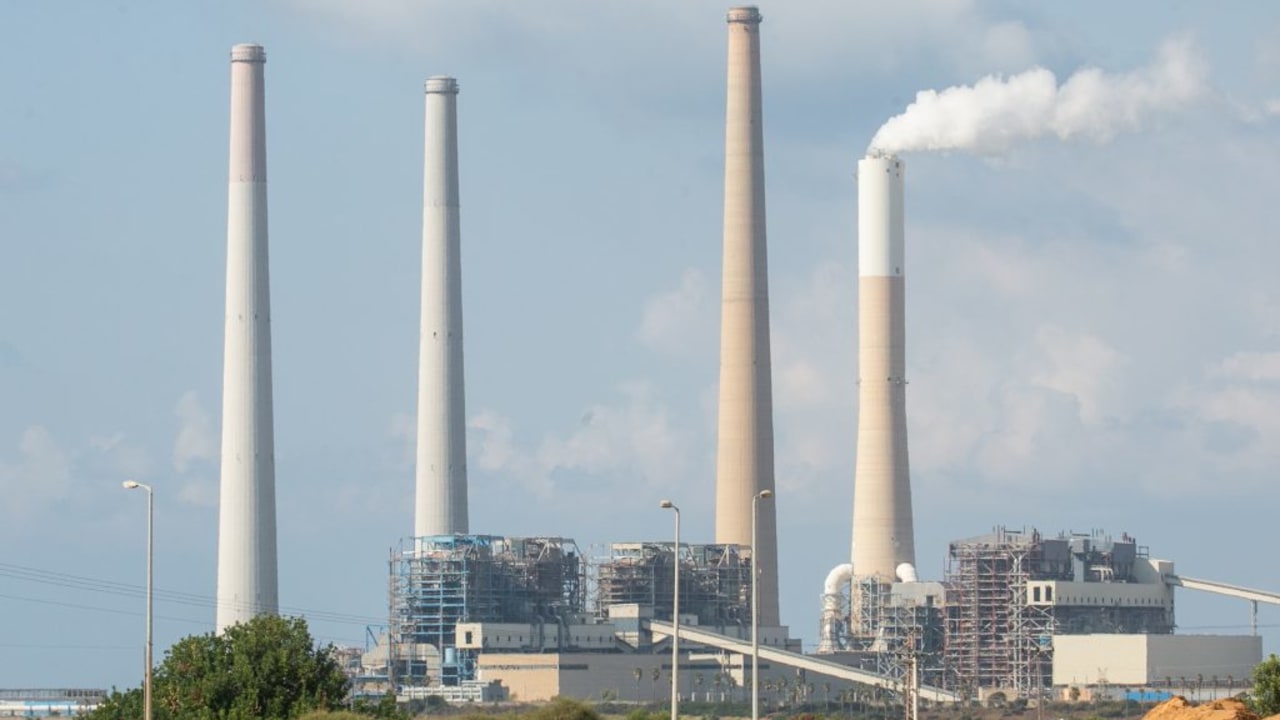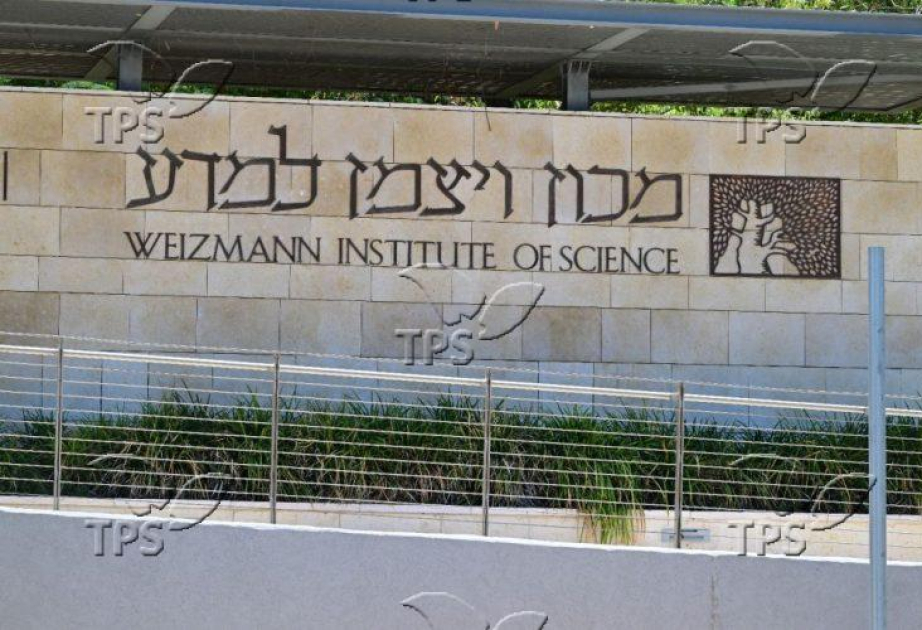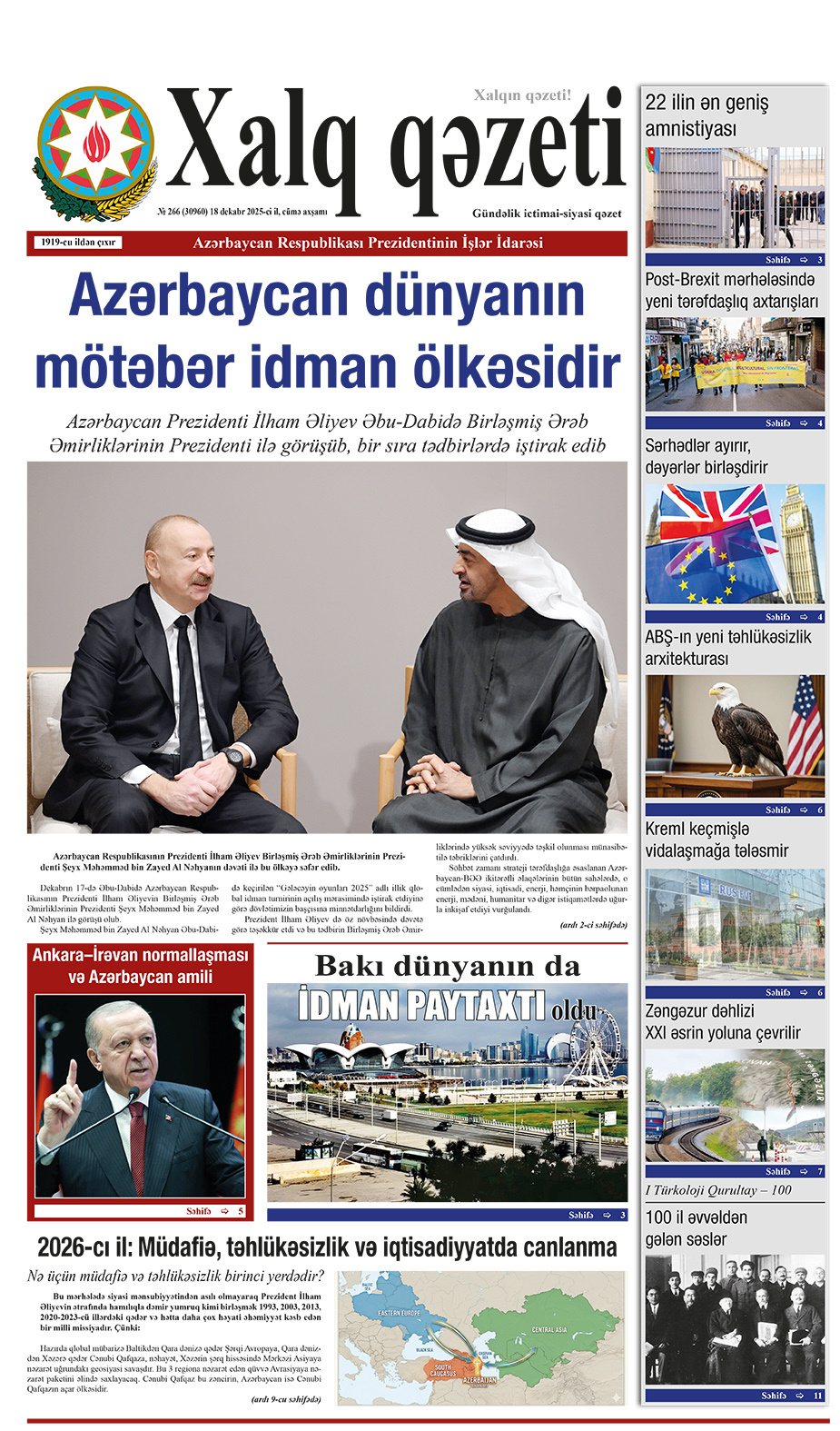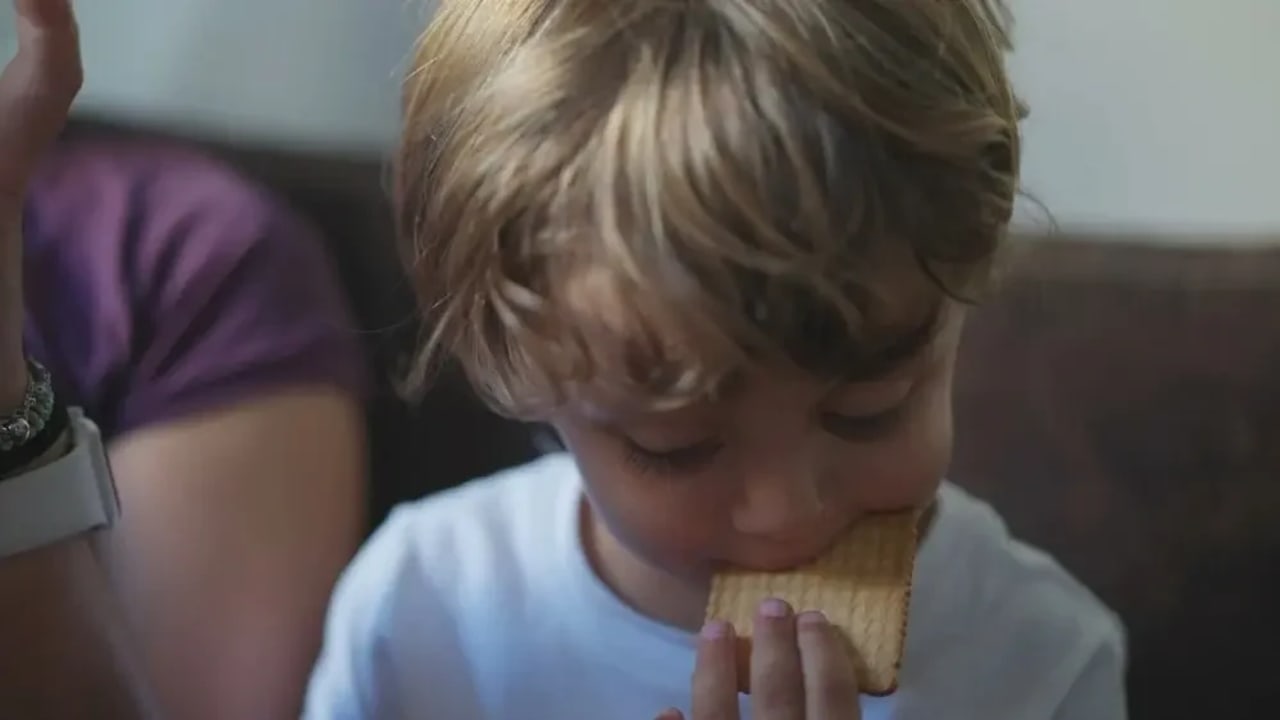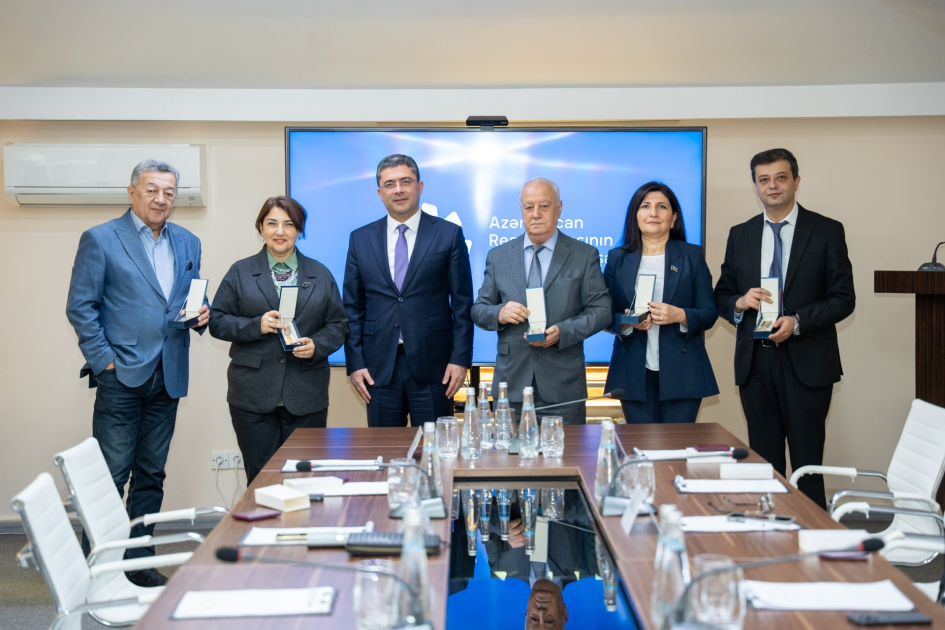An early medieval cemetery, with graves displaying “unusual features”, has been discovered by a team of archaeologists within the grounds of a castle in the Vale of Glamorgan, according to Wales online. The cemetery, which has been found on the grounds of Fonmon Castle near Barry, contains burials dating to the sixth and seventh centuries AD.
The dig was carried out during the summer of last year by archaeologists from Cardiff University's School of History, Archaeology and Religion. According to the university, the excavation has offered “fascinating new evidence” about life in early medieval Wales, which would be between AD 400-1100, and has transformed their understanding of the history of the area as well as the county.
According to researchers, the site was not only used as a burial, but also a site where grave-side feasting rituals would take place. During the dig, the group recovered many fragments of animal bone, some displaying evidence for butchery and cooking, metal working debris, and fragments of rare imported glass drinking vessels. It is also thought that there may be as many as 80 graves on the site, with some of which display “unusual features” such as crouched body positions.
Dr Andy Seaman, lecturer in Early Medieval Archaeology who has been leading the dig, said: “This is a really exciting discovery. Sites of this date are extremely rare in Wales and often do not preserve bone and artefacts. The Fonmon cemetery will allow us to discover so much about the people who lived here around 1,400 years ago.
“Other similar sites have found bodies in crouched positions such as this, but considering the number of graves we have looked at so far, there seems to be a high proportion. This could be evidence of some sort of burial rite being carried out.”
He added: “There is nothing to suggest that people were living near the site, so the evidence of cooking and glasses certainly suggests some level of ritual feasting, perhaps to celebrate or mourn the dead.”
It comes after geophysical surveys undertaken in the area during 2021 revealed a number of new archaeological sites. Since then, the team at Cardiff University has been investigating the site.
According to Cardiff University, they initially thought they had discovered an ancient farmstead. However following more detailed excavations, it was revealed that it was a cemetery containing burials dating to the sixth and seventh centuries AD.
Fonmon Castle was built as a defensive keep and administration centre in around 1180 AD. It was originally owned by the St John family, who were descended from Norman knights. It has had a colourful and varied history since then, opening as a visitor attraction to the public after the pandemic.
Nigel Ford purchased the castle in 2019. He said he was “thrilled” by the “incredible discovery” and found it “fascinating”. He said: “I can’t wait to find out more about the people who used to live at Fonmon and believe that we can learn valuable lessons from the past.”
The excavation will continue for several seasons and is being undertaken with the help of students and volunteers who receive archaeological training on the project. One of which is Cardiff University Archaeology student Jessica Morgan.


